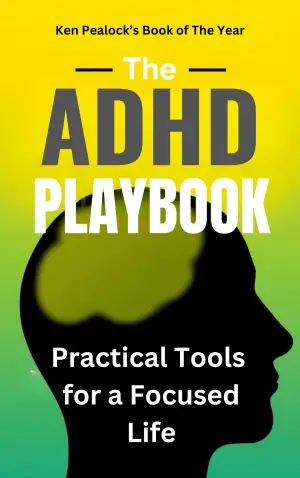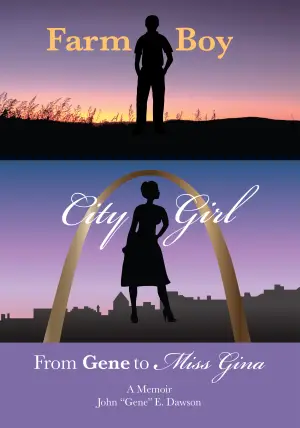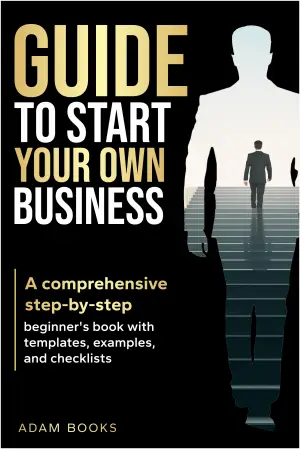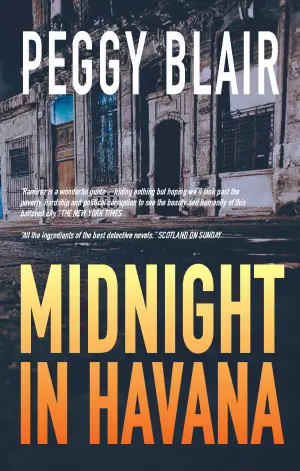Rediscovering the Depths of Humanity: A Review of Frankenstein: The 1818 Text
When I first picked up Frankenstein: The 1818 Text by Mary Shelley, I didn’t realize the profound journey I was about to embark on. Having heard countless stories about the infamous creature and its creator, I was curious how the original narrative would differ from the pop culture interpretations I had grown up with. What I discovered was an intricate exploration of creation, abandonment, and the quest for belonging—not just between humans, but deep within ourselves.
At its heart, Frankenstein revolves around Victor Frankenstein and his tragic creation, often referred to simply as “the creature.” Shelley brilliantly captures the torment of both characters: Victor, ensnared in his relentless pursuit of knowledge at the cost of his humanity, and the creature, whose monstrous appearance belies its deep yearning for acceptance. One particularly striking line echoed throughout my reading: “I am your creature; remember that.” In these words, Shelley powerfully encapsulates the essence of innate longing for connection—a sentiment that resonated deeply with me.
Shelley’s writing style is both lyrical and haunting, effectively drawing readers into an intense emotional landscape. The pacing varies beautifully; moments of scientific fervor are taut with tension, while reflections on loss and desire are suffused with melancholy. I found myself pausing often, contemplating her theological and philosophical musings on existence and its inherent pains. It’s a dance of dualities—the spark of life and the shadow of death, reflecting Mary’s own tumultuous life marked by loss and despair, as she poignantly notes in her many letters and reflections.
In exploring Victor’s hubris, one can’t help but draw parallels to contemporary issues surrounding scientific ethics and responsibility. The novel raises timeless questions: What happens when we transgress natural boundaries? How does one deal with the consequences of their ambition? As someone who often grapples with the weight of ambition myself, I found a personal connection to these themes, and it made me question the moral fabric of today’s society.
Mary Shelley’s innovative narrative technique—using letters that evolve into a frame story—creates a captivating structure that invites readers to unravel the complexity of her characters. I was particularly struck by the vivid imagery she employed, evoking settings that felt as alive as her characters: “I beheld the wretch—the miserable monster whom I had created.” Such powerful evocations reminded me why this tale has remained a cornerstone of gothic literature for over two centuries, inspiring numerous adaptations, from James Whale’s iconic 1931 film to Kenneth Branagh’s dramatic retelling.
In conclusion, Frankenstein: The 1818 Text is more than just a story about a monster; it is a profound exploration of what it means to be human. If you relish narratives that challenge your perceptions of creation and consequence, or appreciate the dark yet beautifully expressive prose, this book will undoubtedly leave an indelible mark on your soul. Personally, rereading this classic so many years later has rekindled my interest in the complexities of humanity—a reminder that within each of us lies the potential for both creation and destruction.
Whether you’re revisiting Mary Shelley’s masterpiece or discovering it for the first time, prepare to wrestle with its echoes for days to come. This tale, birthed from the ashes of pain and loss, remains utterly timeless as it dares us to confront the very nature of existence itself.
Discover more about Frankenstein: The 1818 Text on GoodReads >>












